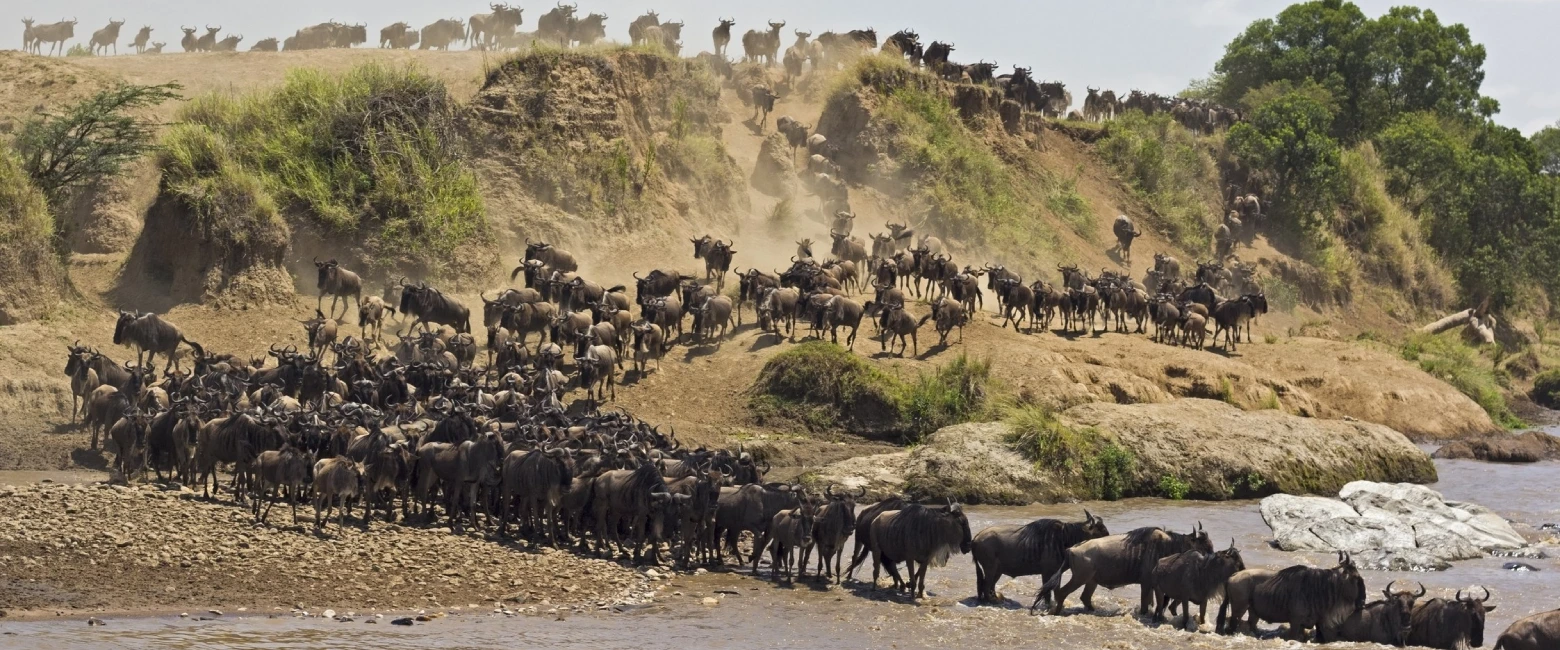
Maasai Mara National Reserve is Kenya’s most iconic safari destination, located in the southwest, bordering the vast Serengeti ecosystem in Tanzania.
Covering 1,510 square kilometers, the reserve features golden savannahs, scattered acacia trees, winding rivers, and forested bushland, perfect terrain for year-round wildlife viewing and photography.
It’s globally celebrated for the Great Migration, when over 1.5 million wildebeests, zebras, and gazelles cross crocodile-filled rivers between July and September in one of nature’s greatest spectacles.
Game viewing here is exceptional. The Big Five—lion, leopard, rhino, elephant, and buffalo—are commonly seen, along with cheetahs, giraffes, zebras, and hippos in astonishing density.
Named after the Maasai people and their word Mara, meaning “spotted,” the reserve delivers raw wilderness, rich traditions, and unforgettable safari drama in one sweeping landscape.
Uncover highlights featuring Masai Mara’s dramatic wildlife, stunning scenery, and unique seasonal spectacles across its world-famous savannah landscape.
Adventure, culture, and serenity blend beautifully in Maasai Mara’s wild spaces—each activity revealing a new side of the savannah.
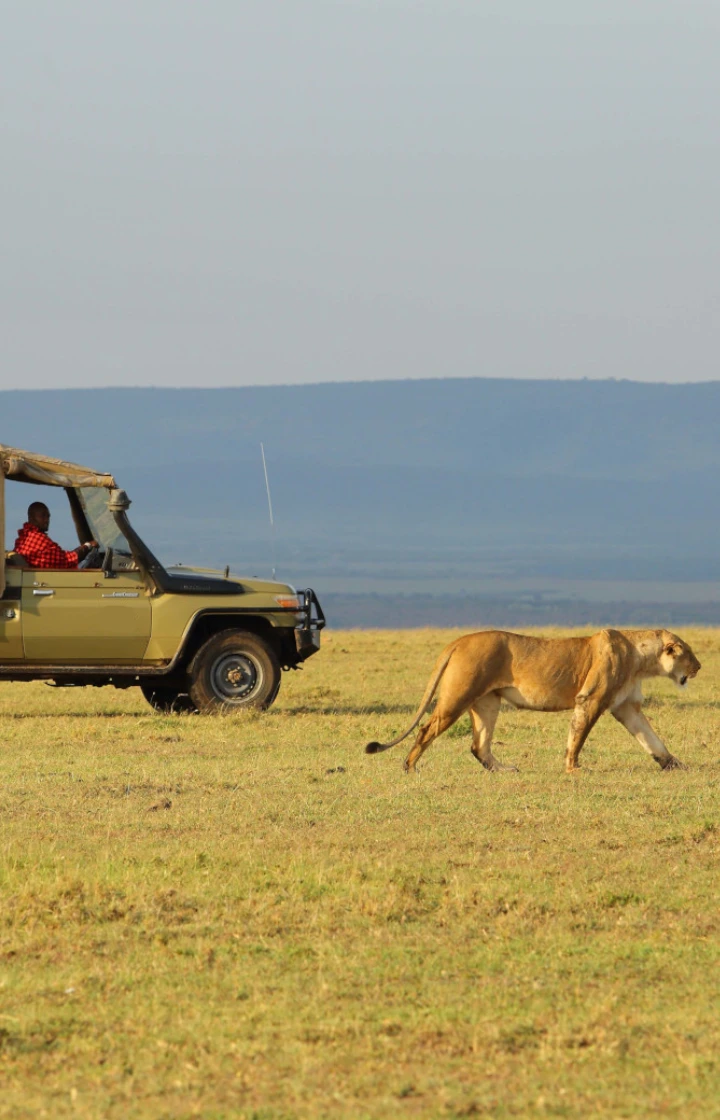
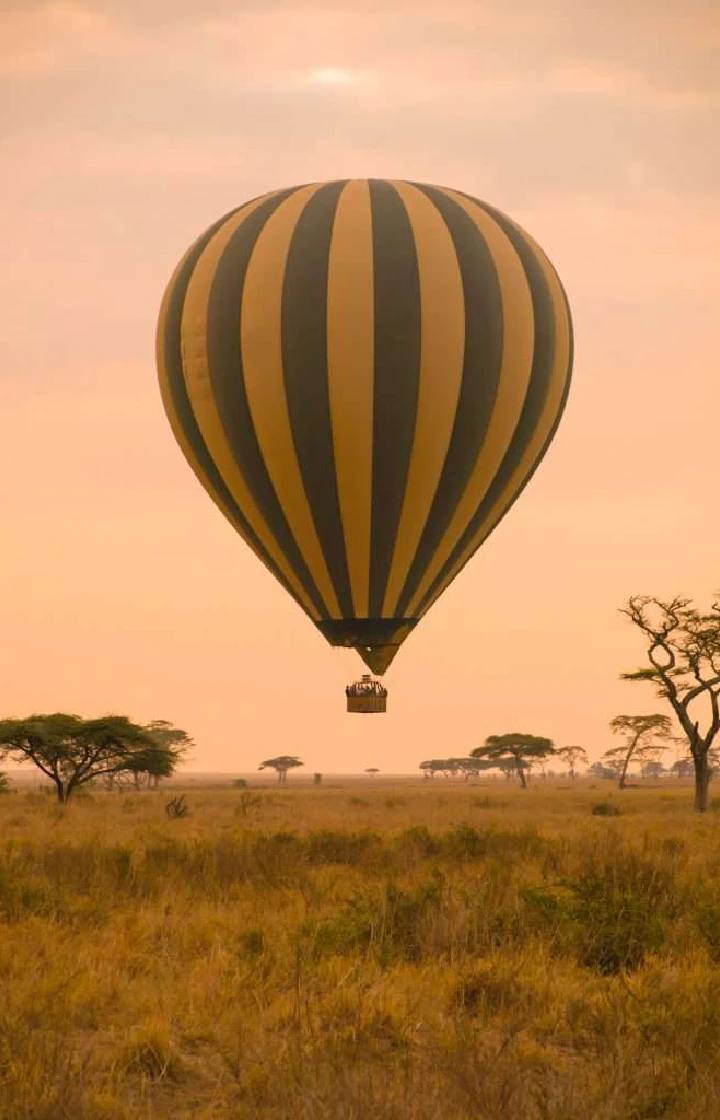
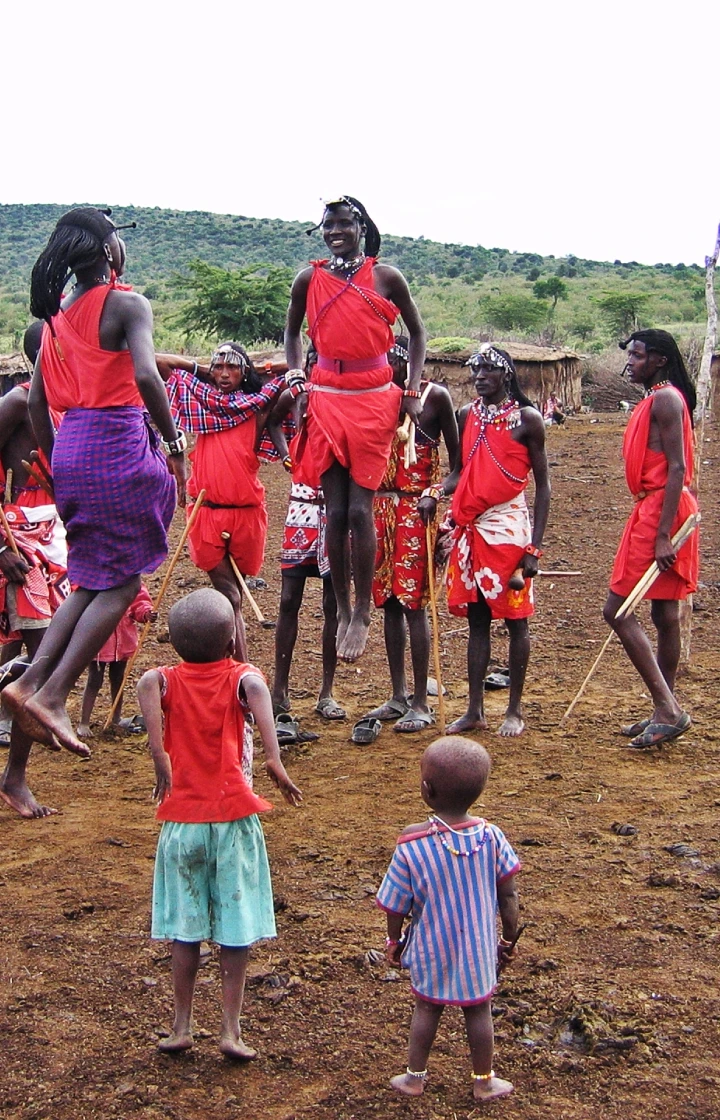
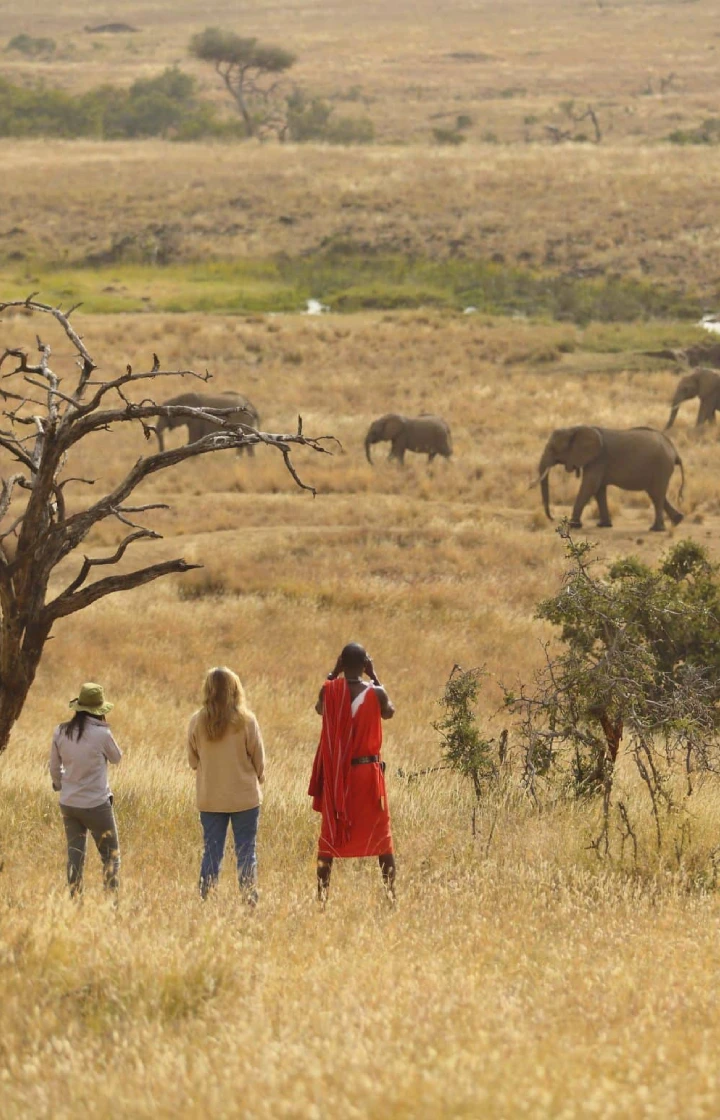
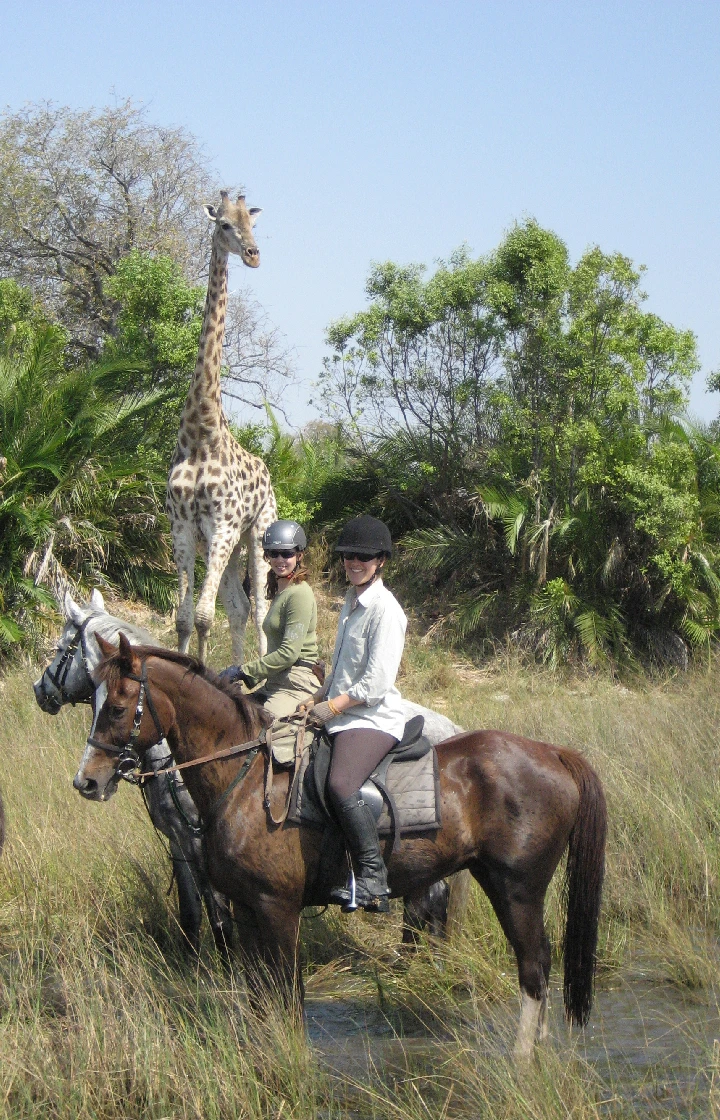
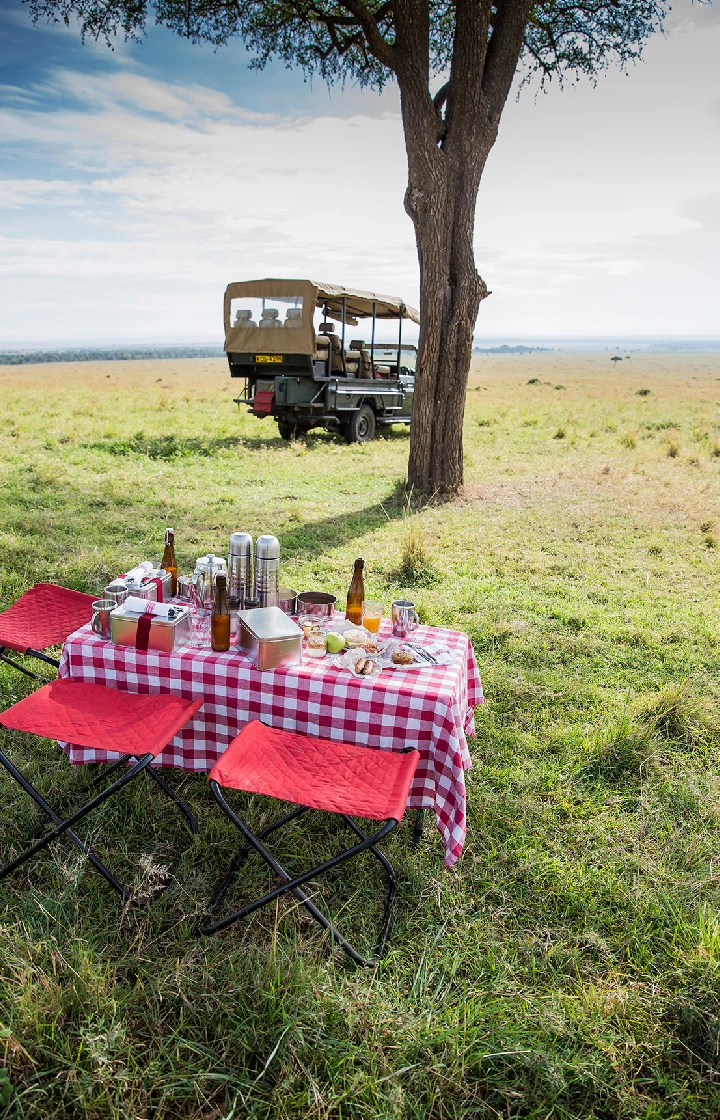
The best time to visit Masai Mara is June to October, with July to October offering top chances to witness the Great Migration.
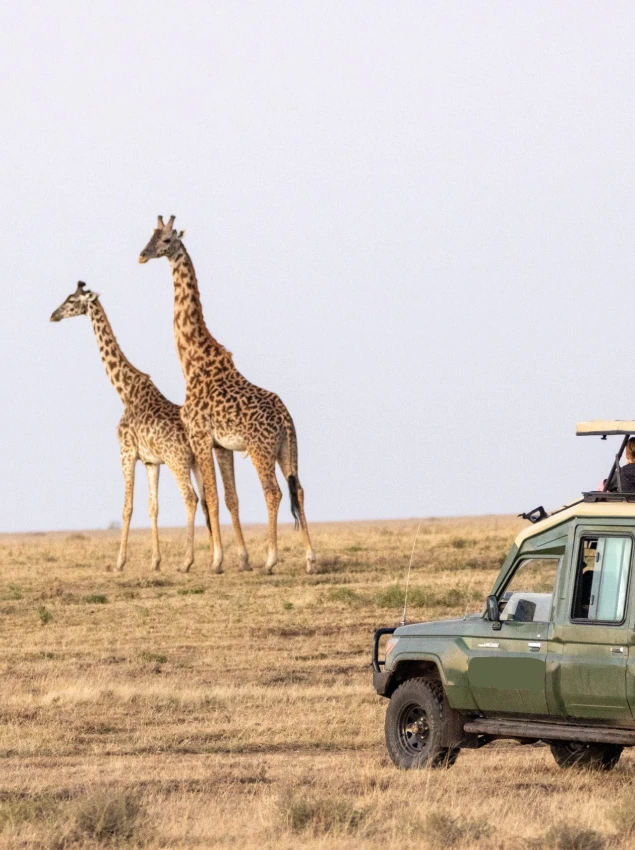
Dry Season: June to October
This is the most popular time to visit. Clear skies, cooler mornings, and warm afternoons create ideal safari conditions. Wildlife is easy to spot as vegetation is thinner, and the Great Migration typically arrives between July and September. Pack warm clothes for early game drives, as temperatures can drop to 12°C/54°F.
Wet Season: November to May
The landscape turns green, and fewer crowds make for a peaceful safari. November to December brings short rains, while March to May experiences heavier, longer showers. Wildlife is still active, though some areas may be harder to reach due to muddy tracks. Rain typically falls in the afternoons, leaving mornings open for exploration.
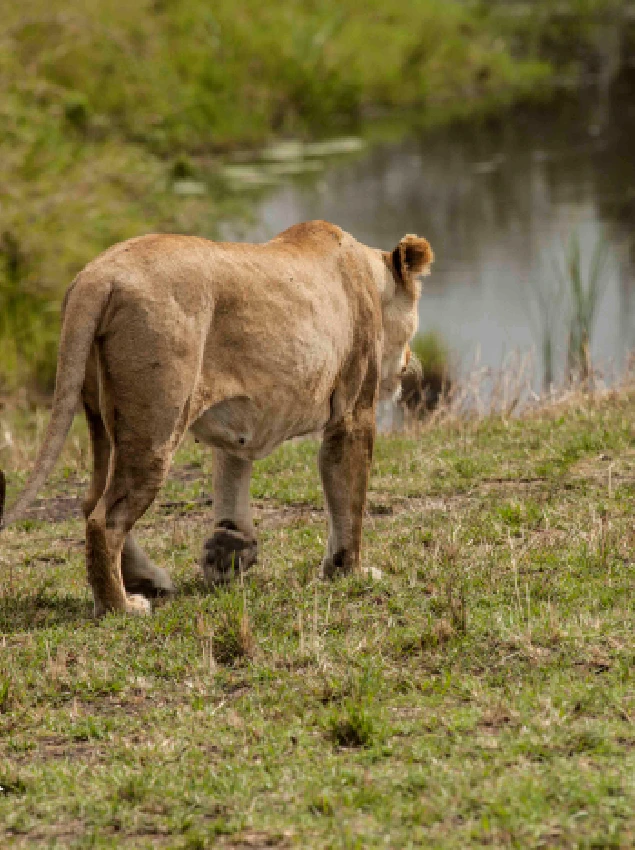
From lakeside lodges to forested retreats, Lake Nakuru accommodations offer comfort, great views, and close access to flamingo-filled shores and rhino territory.

Elephant

Giraffe

Buffalo

Zebra

Wildebeest
The main entry point to Kenya is Jomo Kenyatta International Airport (NBO), located 15km southeast of Nairobi. From Nairobi, most visitors choose to fly to one of the several airstrips in the Maasai Mara. Alternatively, you can travel by road—Maasai Mara is about 270km west of Nairobi. The journey takes around 4 to 5 hours, with a paved road leading to Sekenani Gate. Both travel options offer scenic views of Kenya’s countryside along the way.
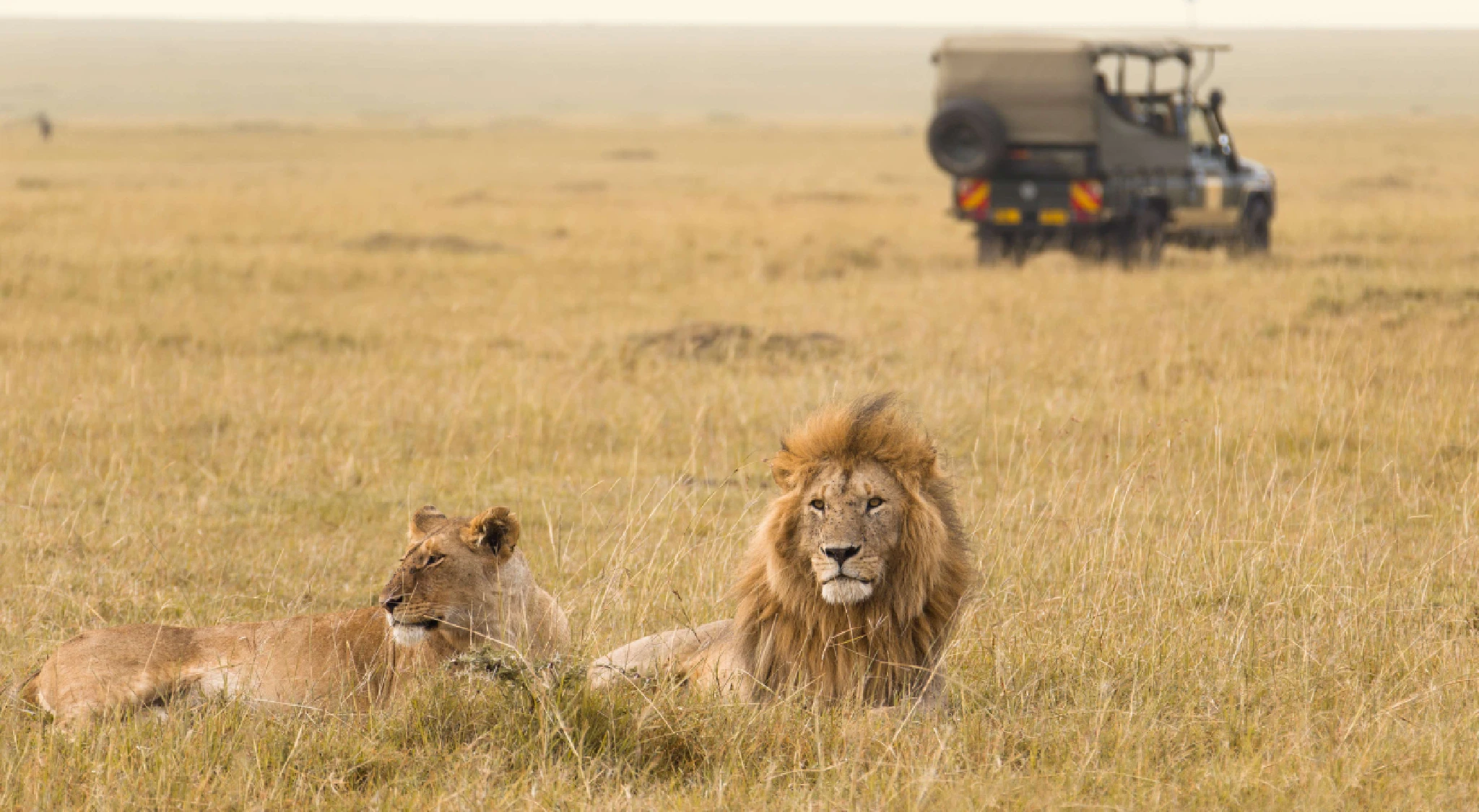
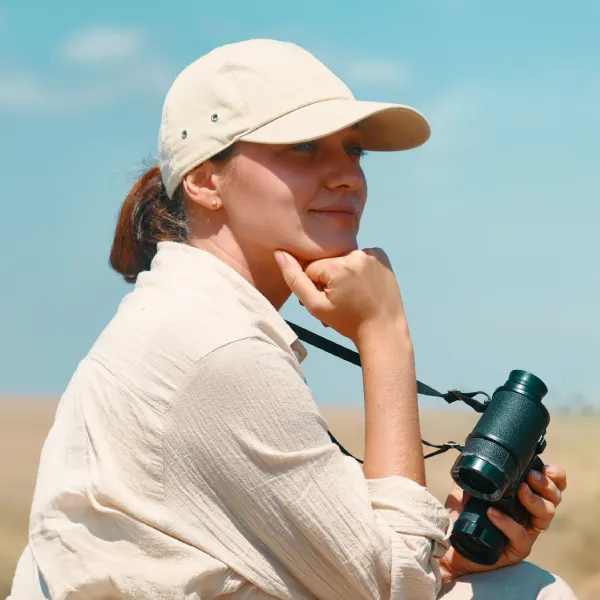
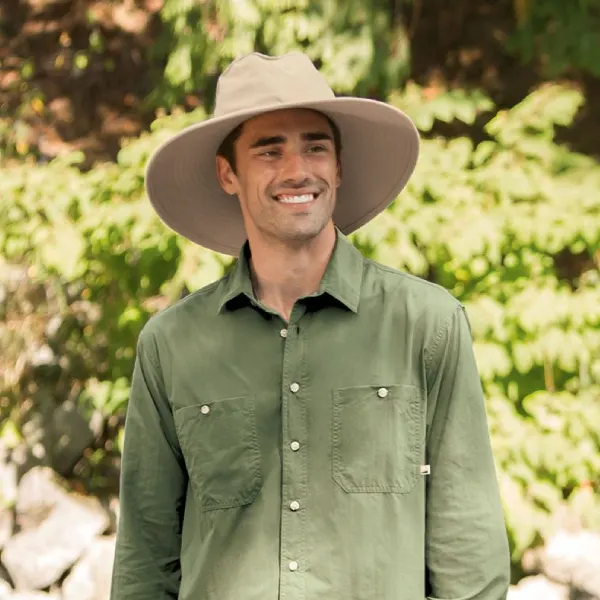
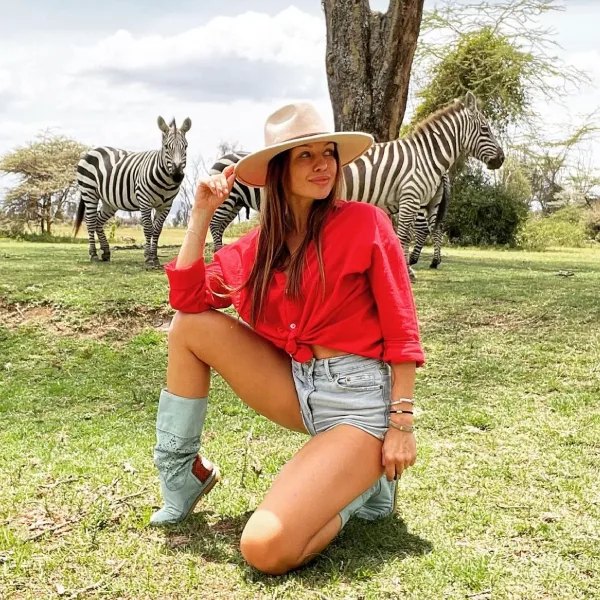

Melodica Africa Tours creates lasting change—supporting local communities, conserving wildlife, and protecting nature. Join us in travelling responsibly and making a meaningful difference with every unforgettable safari experience.
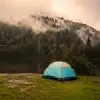
Feb 2025
The guide was absolutely fantastic. Emanuel was present answering questions and not least telling a lot like the animals.

Feb 2025
The guide was absolutely fantastic. Emanuel was present answering questions and not least telling a lot like the animals.
Talk to our friendly safari experts today. We’ll care, guide, and create a journey that’s perfectly tailored to your dreams—authentic, personal, and unforgettable.
Call us today from 9am
+254722626235
Managing Director

Sales & Reservations Manager

Tour Consultant